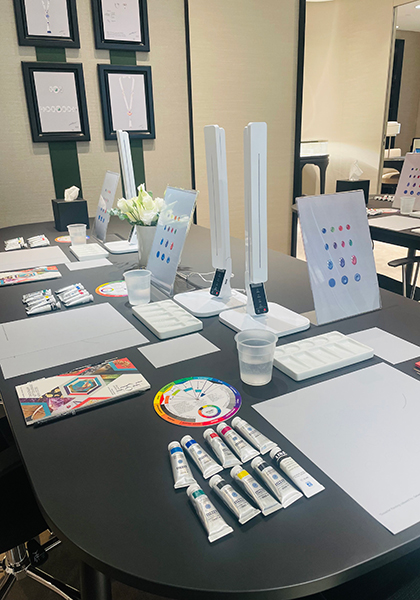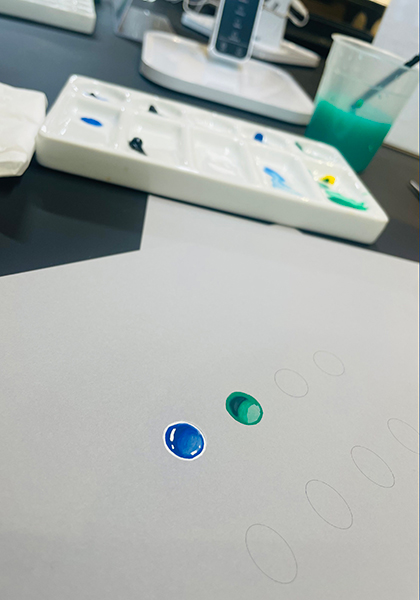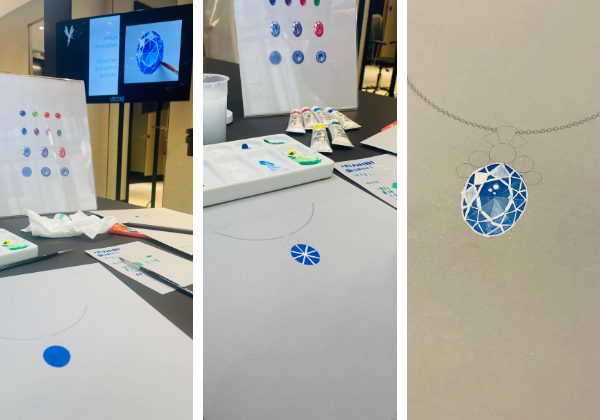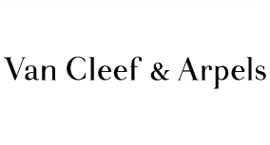Van Cleef & Arpels takes us into a world awash with colour for a workshop on gouache, an art that requires patience and dexterity.

Renowned for its expertise in the arts and crafts of jewellery-making, Van Cleef & Arpels will be showing its most recent jewellery and timepieces at the upcoming Watches and Wonders Geneva fair. The house also supports L’Ecole des Arts Joailliers in Paris, and has done since the school was established in 2012. Its mission is to educate the public on the skills of jewellery-making, the history of jewellery and the world of precious stones through classes, talks and exhibitions. L’ECOLE paid a visit to Geneva, to the Van Cleef & Arpels boutique, where we were introduced to the work of the gouache artist, and in particular the use of colour.

The gouache is the first step in the creation of a High Jewellery piece. This three-dimensional rendering in gouache, an opaque watercolour, will guide the model-makers, gemmologists, stone-setters, jewellers and all the artisans involved in the making of that jewel, hence each detail must be perfectly executed. Brushes and tubes of gouache at the ready, the workshop could begin. We were tasked with painting a cabochon (a non-facetted stone) and a facetted stone, combining light with colour to achieve the required shade and form, and bring life to a flat sheet of paper. Quite a challenge. Gouache painting is a complex technique and one that isn’t easily mastered. In addition to possessing immense dexterity, a gouache artist must understand colour theory.

Nothing was as simple as it seemed; not even mixing the paint with water. As the gouache artists warned us, finding the right quantity of each can be nothing short of a miracle. Suitably motivated, we unscrewed the caps from our paint tubes and got busy with our brushes. The medium must contain more or less water and gouache depending on how transparent or opaque a particular part of the stone must be – and that’s even before you think about gradients! The lighter the colour, the more likely you are to load your brush with excess water, making the paper buckle. On the other hand, a mix with a lot of paint will stick to the paper. Whichever direction you choose, it won’t be plain sailing. Producing fine lines that are still visible requires the lightest touch while keeping control of the brush. As someone incapable of drawing even a simple tree, you can imagine I struggled with this, creating thick lines that veered off when they were supposed to be straight. My facetted stone looked more like a snowflake – hardly ideal for a workshop intended to celebrate the start of spring. But we learn from our mistakes, and I learned a lot that day.





